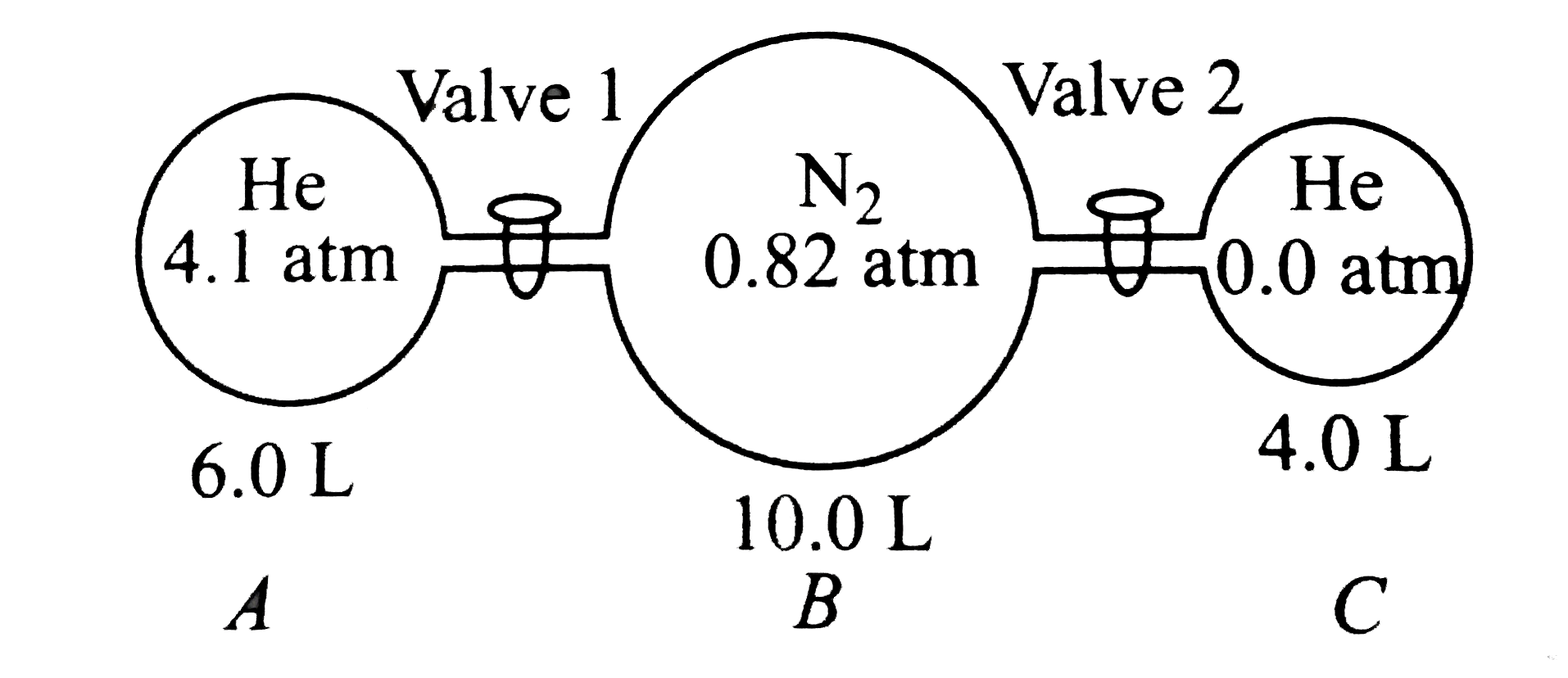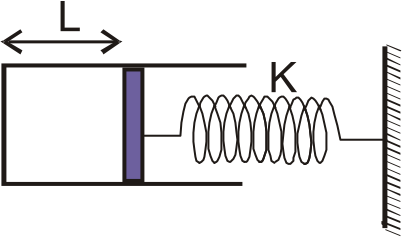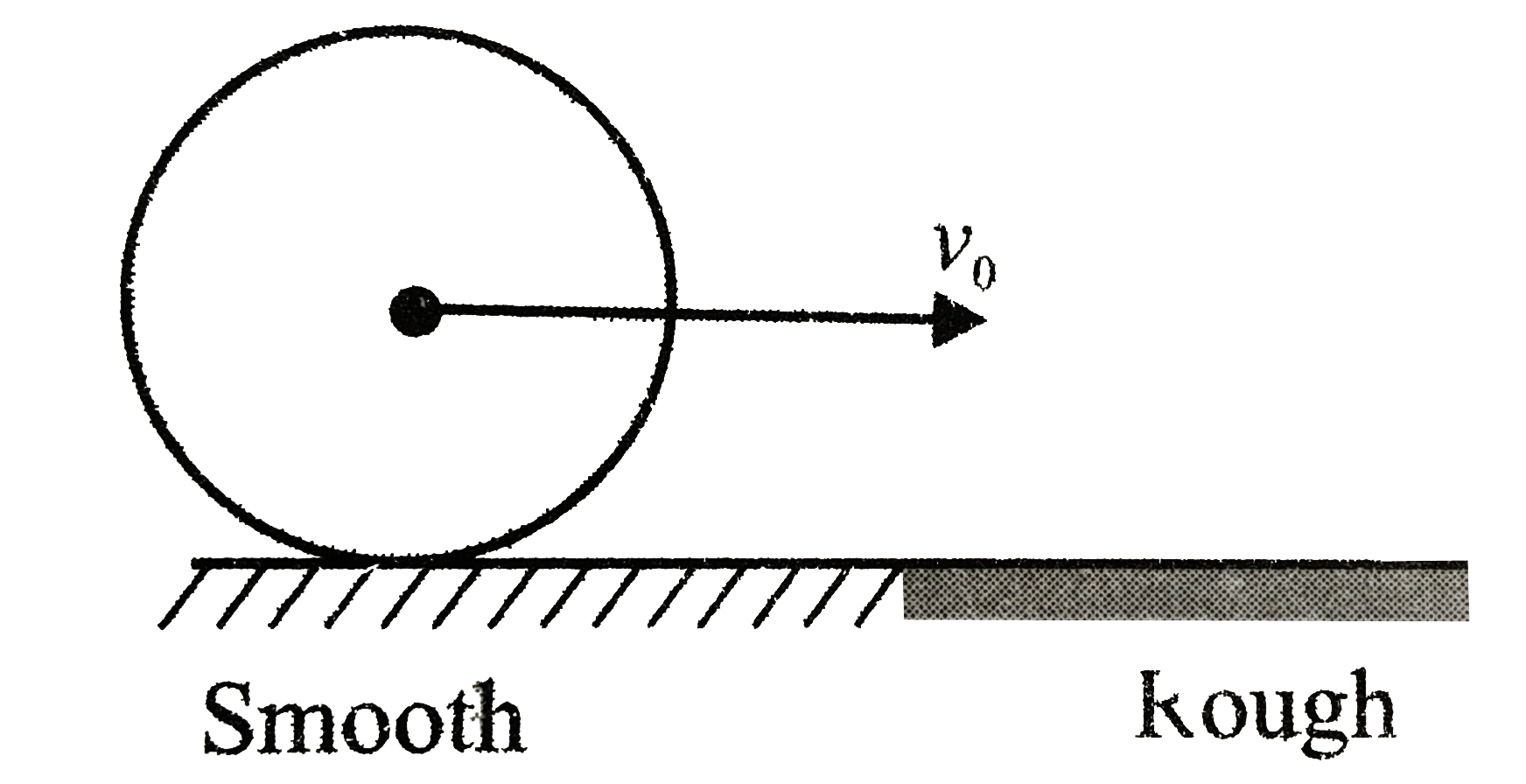(a) Tabulate the differences in the characteristics of states of matter.
(b) Comment upon the following: rigidity. Compressibility. Fluidity. Filling a gas container, shape, kinetic energy and density.
Step-by-Step Solution
1. Rigidity:
- Solids are rigid, meaning they maintain their shape and do not deform easily when a force is applied. Liquids and gases, on the other hand, are not rigid and can change shape when a force is applied.
2. Compressibility:
- Solids have very low compressibility due to closely packed particles. Liquids are slightly compressible, while gases are highly compressible because their particles are far apart and can be pushed closer together.
3. Fluidity:
- Fluidity refers to the ability of a substance to flow. Solids cannot flow, while liquids can flow easily. Gases have the highest fluidity, allowing them to expand and fill any available space.
4. Filling a Gas Container:
- When a gas is placed in a container, it expands to fill the entire volume of the container. This is due to the high kinetic energy of gas particles, which allows them to move freely and occupy all available space.
5. Shape:
- Solids have a definite shape, liquids take the shape of their container, and gases have no definite shape, conforming to the shape of their container.
6. Kinetic Energy:
- The kinetic energy of particles in solids is the lowest, as they vibrate in fixed positions. In liquids, the kinetic energy is higher, allowing particles to slide past each other. Gases have the highest kinetic energy, with particles moving rapidly and freely.
7. Density:
- Solids have the highest density because their particles are closely packed. Liquids have a density that is intermediate between solids and gases, while gases have the lowest density due to the large spaces between particles.
- Solids are rigid, meaning they maintain their shape and do not deform easily when a force is applied. Liquids and gases, on the other hand, are not rigid and can change shape when a force is applied.
- Solids have very low compressibility due to closely packed particles. Liquids are slightly compressible, while gases are highly compressible because their particles are far apart and can be pushed closer together.
- Fluidity refers to the ability of a substance to flow. Solids cannot flow, while liquids can flow easily. Gases have the highest fluidity, allowing them to expand and fill any available space.
- When a gas is placed in a container, it expands to fill the entire volume of the container. This is due to the high kinetic energy of gas particles, which allows them to move freely and occupy all available space.
- Solids have a definite shape, liquids take the shape of their container, and gases have no definite shape, conforming to the shape of their container.
- The kinetic energy of particles in solids is the lowest, as they vibrate in fixed positions. In liquids, the kinetic energy is higher, allowing particles to slide past each other. Gases have the highest kinetic energy, with particles moving rapidly and freely.
- Solids have the highest density because their particles are closely packed. Liquids have a density that is intermediate between solids and gases, while gases have the lowest density due to the large spaces between particles.
Topper's Solved these Questions
Similar Questions
State any one method - to separate the following mixtures- A liquid-liquid mixture containing - two immiscible liquids having different densities
View SolutionState any one method - to separate the following mixtures- A gas-gas mixture containing - two gases with different densities.
View SolutionThe figure given below shows three glass chambers that are connected by valves of negligible volume. At the outset of an experiment, the valves are closed and the chambers contain the gases as detailed in the diagram. All the chambers are at the temperature of 300K and external pressure of 1.0atm.

Which of the following represents the total kinetic energy of all the gas molecules after both valves are opened?
(R=0.082atmLK−1mol−1=8.314JK_1mol−1)
View SolutionA fixed container is fitted with a piston which is attached to a spring of spring constant k. The other and of the spring is attached to a rigid wall. Initially the spring is in its natural length and the length of container between the piston and its side wall is L. Now an dideal diatomic gas is slowly filled in the container so that the piston moves quasistatically. It pushed the piston by x so that the spring now is compressed by x. The total rotaional kinetic energy of the gas molecules in terms of the displacement x of the piston is (there is vacuum outside the container)

View SolutionExplain the following on the basis of kinetic theory of matter.
a.Solids have a definite volume and definite shape.
b. Liquids have a definite volume, but no definite shape.
c. Gases have a no definite volume and no definite shape.
View SolutionA sphere moving with a velocity v0 on a smooth surface suddenly enters on a rough horizontal surface as shown in Fig. State which of the following statements are true or false

a. The sphere loses translational kinetic energy and gains rotational kinetic energy.
b. The total energy of the sphere is conserved.
c. The angular momentum of the sphere about any point OD the surface is conserved.
d. The final velocity attained by the centre of mass is 2v0/3.
View SolutionA gas of hydrogen - like atoms can absorb radiations of 698eV. Consequently , the atoms emit radiation of only three different wavelengths . All the wavelengthsare equal to or smaller than that of the absorbed photon.
a Determine the initial state of the gas atoms.
b Identify the gas atoms
c Find the minimum wavelength of the emitted radiation ,
d Find the ionization energy and the respective wavelength for the gas atoms.
View SolutionAn ideal mono atomic gas is taken through the cyclic process shown in fig. Linear expansion from A to B following by adiabatic compression back to original state

View SolutionWhen a sample of ideal gas is changed from an initial state to a final state, various curves can be plotted for the process like P-V curve, V-T curve,P-T curve etc.
For example, P-V curve for a fixed amount of an ideal gas at constant temperature is a rectangular hyperbola, V-T curve for a fixed amount of an ideal gas at constant volume is again a straight line. However, the shapes may vary if the constant parameters are also changed.
Now, answer the following questions :
Which of the following graphs is not possible for a fixed amount of ideal gas upon moving from initial state A to final state B :
View SolutionState which of the following terms connected with change of state of matter i.e. -
a] Melting b] Vaporisation c] Condensation d] Freezing - pertain to -
(i] Conversion of a liquid into a vapour or gas
[ii] Conversion of a liquid into a solid.
[iii] Conversion of a solid into a liquid on heating.
View Solution
